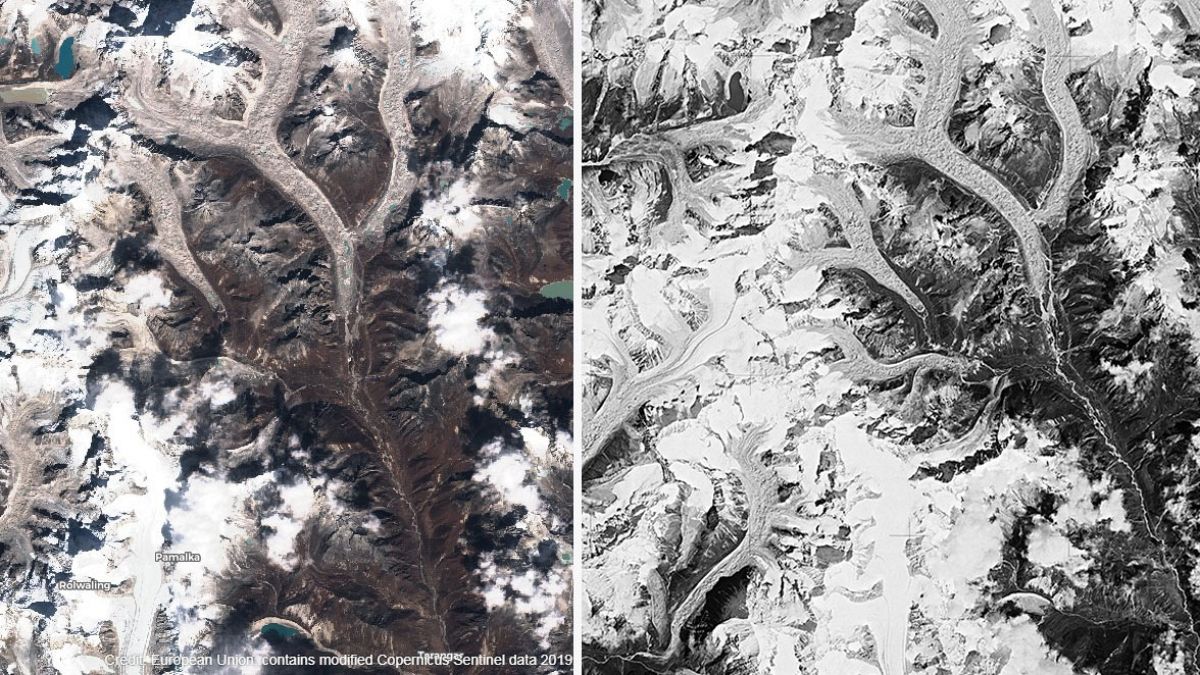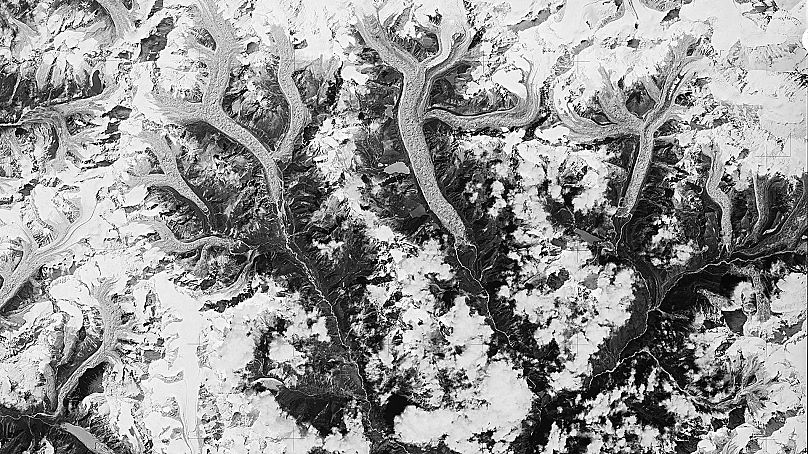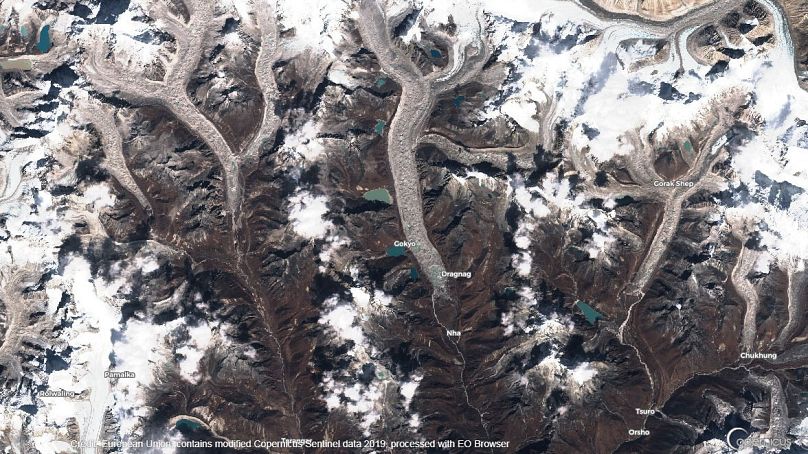Satellite data shows that the rate at which Himalayan glaciers are melting has doubled over the past two decades. That ice is not being replaced, and the retreat of these glaciers threatens water supplies for hundreds of millions of people in Asia.
A new study, which used declassified images taken by US spy satellites during the Cold War, shows that the rate at which Himalayan glaciers are melting has doubled over the past two decades.
That ice is not being replaced, and the retreat of these glaciers threatens water supplies for hundreds of millions of people across Asia.
"It's certainly very worrisome. This is one of several studies showing the Himalayan glaciers are retreating quite dramatically," said Arun Shrestha, senior climate change specialist at the International Centre for Integrated Mountain Development.
The new study, spanning 40 years of satellite observations across India, China, Nepal and Bhutan, showed glaciers have been losing the equivalent of more than a vertical foot-and-a-half of ice each year since 2000. That represents double the rate between 1975 and 2000.
Using photos from the European Union's satellite network Copernicus and the United States Geological Survey (USGS) we have compared glaciers on the south face of the Lunag Ri and Cho Oyu peaks during October of 1980 and 2018.
While the length of the main glaciers doesn't seem to have changed a great deal, the study pointed out it's mainly their volume, thickness and quality that have declined.
Himalayan ice has direct consequences for some 800 million people who depend on meltwater to sustain their rivers.
Scientists now fear that as it dries up, the dwindling of water supplies to densely-populated regions in India, Pakistan and China could lead to an international crisis.
"The implication of ice loss and its impact on water is going to be quite dramatic, quite chilling," Shrestha said in an interview on Euronews Now.
You can watch the full interview in the player above.


